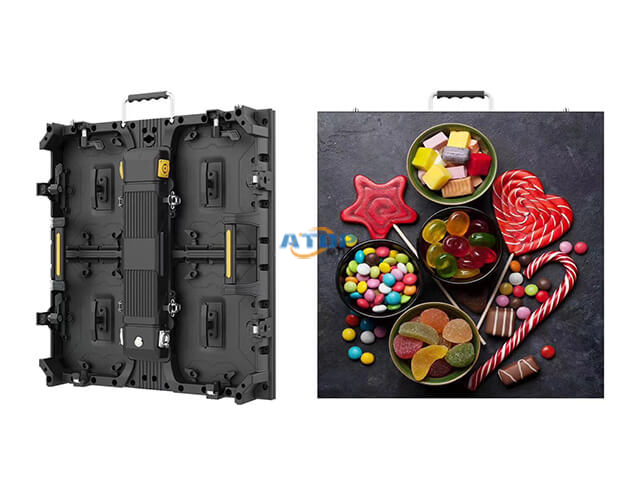With the popularity of LED screens, many customers do not have an accurate understanding of led screen. The pixel pitch and price of the LED screens they need, or feel that the resolution and price is too different from their expectations. Based on this situation, we would like to share with you a specific analysis about how to choose exact pixel pitch price structure of LED screens:From some points of view, led video wall It is the core driving force to better promote the rapid development of the surrounding markets. https://www.atop-led.com/
How to confirm led display solution
Choosing the right LED display requires consideration of a number of factors, including resolution, size, brightness, color accuracy, viewing angle, longevity, and of course, budget. Here’s a step-by-step guide to help you make the right choice:
1. Determine the purpose of the display
Will the LED display be used indoors or outdoors? Will it be used for advertising, entertainment or information displays? The purpose of your LED display will greatly influence the specifications you need.
Outdoor led displayIndoor led display
Outdoor led display Indoor led display
2. Determining size and resolution
The size of the display you need will depend on its location and the viewing distance. The farther away the average viewer, the larger the screen you¨ll need.
Resolution refers to the number of pixels displayed and it is usually described by the terms P1, P2, P3, etc., where ‘P’ stands for ‘pixel’ and the number indicates the distance in millimeters between each pixel. A P2 display, for example, has a pixel pitch of 2mm. The lower the number, the higher the resolution, but also the higher the cost.
led display width and height
3. Consider brightness
Brightness (measured in nits) is especially important for outdoor displays or well-lit indoor displays. Outdoor LED screens should be 5000-10000 nits to ensure that the image can be seen even in direct sunlight. Indoor screens typically require 600-1200 nits.
brightness
4. Check color accuracy and contrast
A high quality LED display should be able to render accurate colors and deep blacks. Contrast (the difference between the darkest blacks and the brightest whites the screen can render) is also an important factor to consider. The higher the contrast, the better the image quality.
5. Evaluating viewing angle
The viewing angle is the maximum angle at which the monitor can be viewed with acceptable visual performance. A wide viewing angle of 140 degrees or greater is recommended for the average viewer in all positions.
wide viewing angle led screen
6. Recognizing longevity and warranty
An LED display is a major investment, so you need to make sure it lasts a long time. A good quality LED screen should have a lifespan of 100,000 hours (about 11 years if it runs 24/7). Also consider the warranty period and what it covers.
7. Budgeting
The cost of LED displays varies greatly, depending on their specification and manufacturer. When budgeting, it is important to consider not only the purchase price, but also the installation costs and potential energy costs.